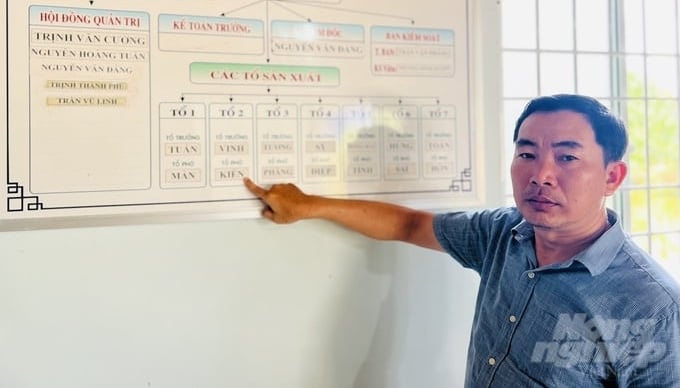
Mr. Trinh Van Cuong, Director of Vinh Cuong Cooperative, shared about the organization and management chart of the cooperative. Photo: Trong Linh.
More than 4,700 hectares participate in the 1 million hectare rice project
National Highway 1A, the last section of Hoa Binh district (Bac Lieu) going down to Ca Mau, has been divided into two distinct ecological zones. One side is the aquaculture area and renewable energy projects, the opposite side is the rice production area with an area of nearly 11,000 hectares concentrated in Vinh Binh, Minh Dieu, Vinh My B communes and part of Hoa Binh town.
From National Highway 1A, turn onto the 2.5m rural road, go another 2km to reach the headquarters of Vinh Cuong Agricultural Service Cooperative (Vinh Cuong Cooperative). Currently, the Cooperative has 485 members and associated members with a total cultivated area of over 7,000 hectares. The charter capital of the Cooperative is over 5 billion VND, playing an important role in supporting farmers to develop production.
Mr. Trinh Van Cuong, Director of Vinh Cuong Cooperative, shared: "We always determine that if we want to develop long-term, production must be sustainable. Therefore, the Cooperative has boldly participated in the Project of 1 million hectares of high-quality, low-emission rice. In the 2024-2025 winter-spring crop, we have deployed to participate in the Project with an area of over 4,700 hectares, spread across the communes of Vinh Binh, Minh Dieu and Vinh My B".
The difference in the cooperative's farming model is the application of the alternating flooding and drying method on an area of over 1,100 hectares. This method helps to significantly reduce the amount of irrigation water in rice production, while controlling methane emissions.
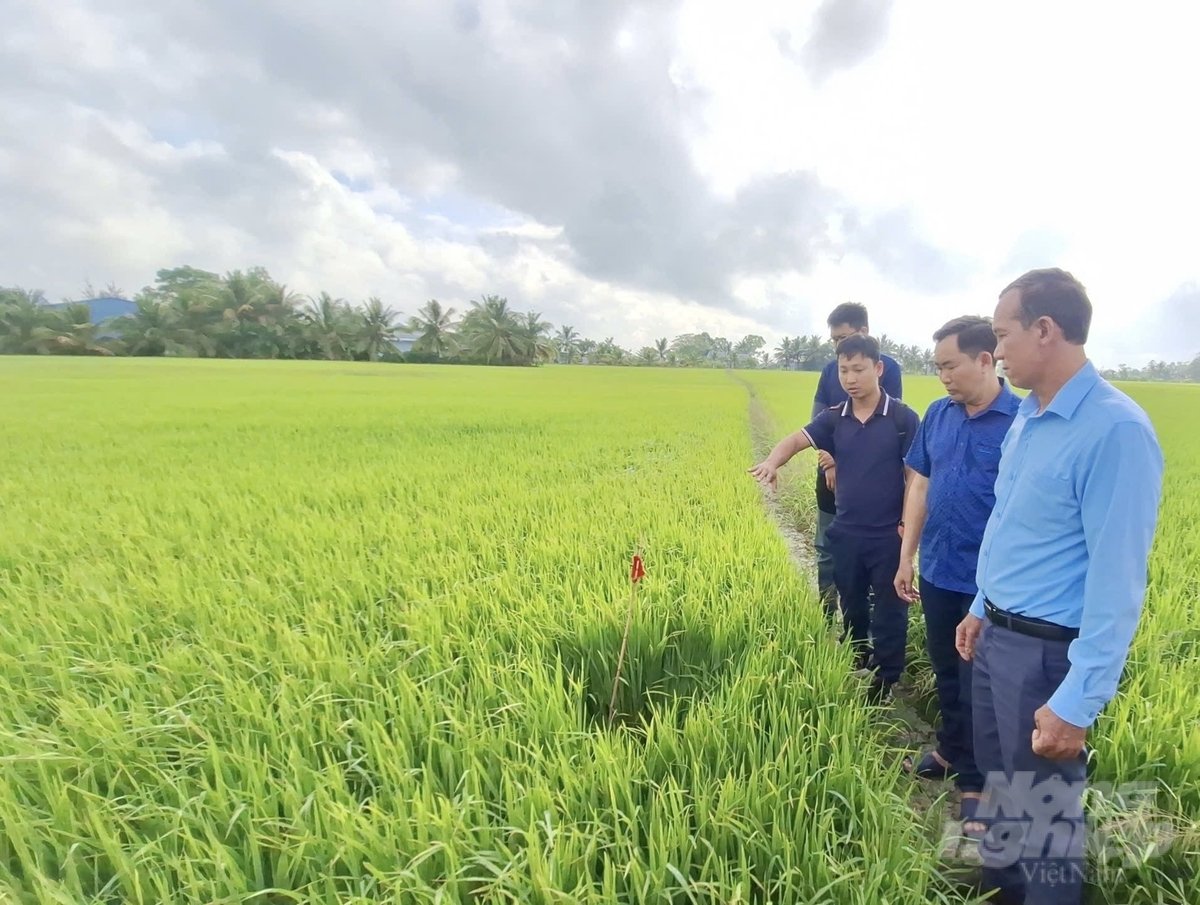
Leaders of Hoa Binh district visit the rice fields of Vinh Cuong Cooperative. Photo: Trong Linh.
Replicating the model, raising farmers' awareness
Not only does it improve productivity and reduce production costs, the model in the 1 million hectare rice project applies sustainable farming methods to help reduce greenhouse gas emissions, thereby allowing cooperatives and farmers to participate in the carbon credit market.
According to Mr. Trinh Van Cuong, Director of Vinh Cuong Cooperative, this is an opportunity to help farmers increase their income outside of rice production. Currently, rice prices are no longer increasing as sharply as before, while production costs are increasing. If we only rely on profits from selling rice, it will be difficult to develop sustainably. Developing a rice production model that reduces emissions not only helps protect the environment but also brings direct economic benefits to farmers.
We followed the canal of Vinh Cuong Cooperative, following Mr. Ly Van Tuong, a farmer in An Thanh Hamlet, Vinh My B Commune (Hoa Binh District), who is also a member of the Cooperative. An Thanh Hamlet has more than 300 households, most of whom are Khmer ethnic people, whose livelihood mainly depends on farming. According to Mr. Tuong, after more than 2 months of following the pilot model, people have been trained in sparse sowing, buried fertilization, and reduced pesticide spraying.
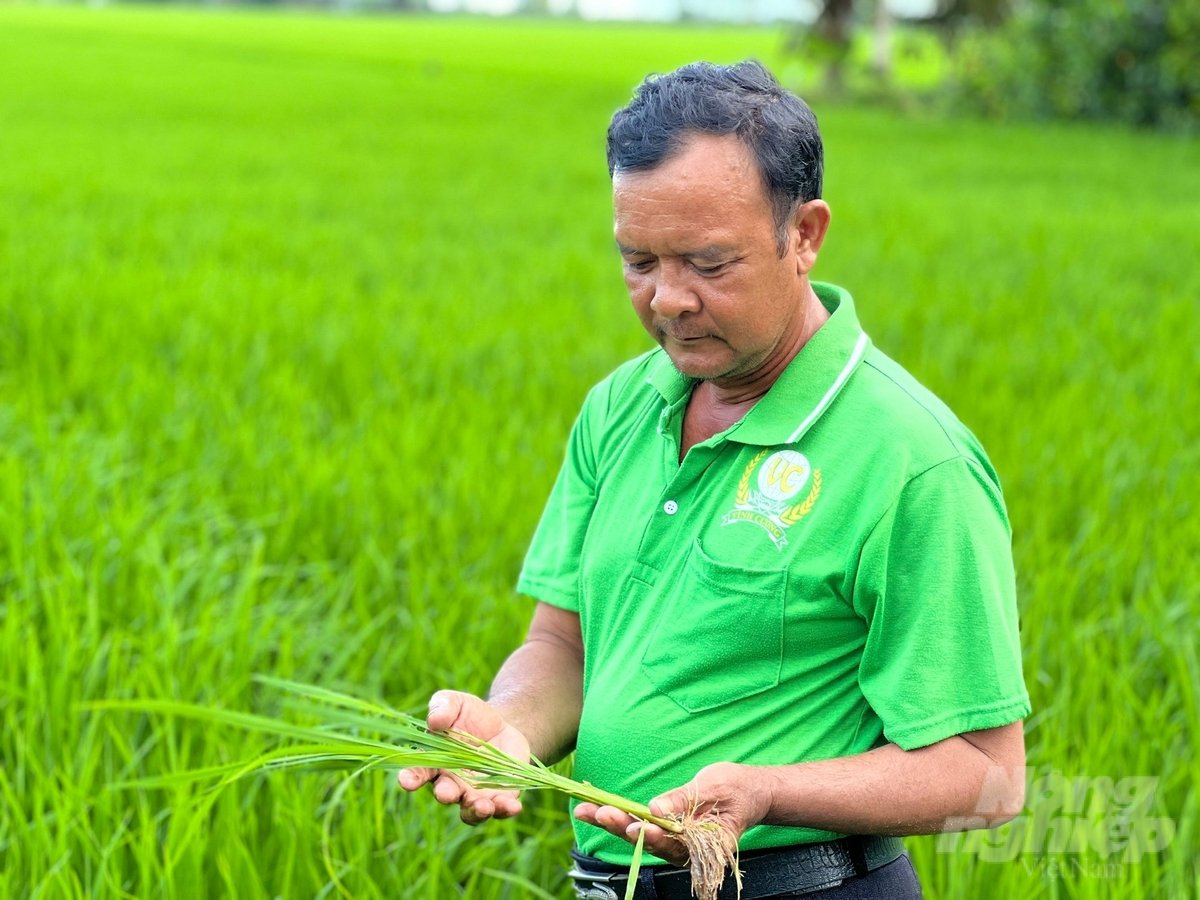
Mr. Ly Van Tuong (An Thanh hamlet, Vinh My B commune, Hoa Binh district) is satisfied with the pilot model. Photo: Trong Linh.
Ms. Nguyen Thi Ut, a member of Vinh Cuong Cooperative, expressed her excitement about this new model: “Previously, I grew rice in the traditional way, which consumed a lot of water but did not yield high yields. Since applying the alternate flooding and drying method, the cost of pumping water has been reduced. If this model is expanded, I believe our farmers will benefit a lot."
Mr. Luu Hoang Ly, Director of the Department of Agriculture and Environment of Bac Lieu province, highly appreciated the initiative of Vinh Cuong Cooperative in applying new technical advances, which not only helps to increase productivity but also protects water resources and reduces greenhouse gas emissions. In the coming time, the Department will continue to support the Cooperative in terms of technology and connect businesses to develop the carbon credit market.
“Traditional intensive rice cultivation often causes high methane emissions due to the decomposition of organic matter under flooded conditions. The alternate wetting and drying model that Vinh Cuong Cooperative is implementing is a very good solution to reduce emissions, save water, and save production costs. If this model is expanded to the entire province, emissions from rice production will be significantly reduced, while creating conditions for farmers to access the international carbon credit market,” Mr. Ly shared.
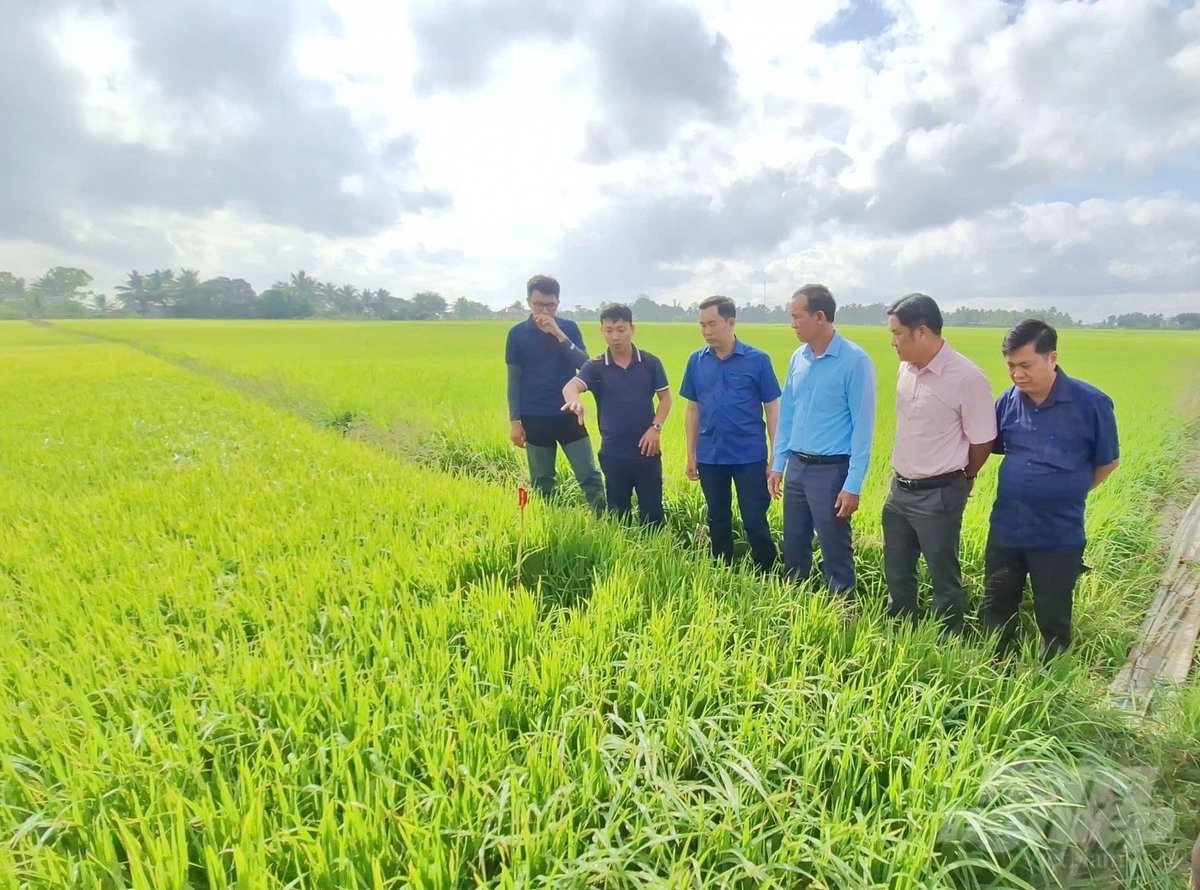
The project of 1 million hectares of high-quality rice is being actively implemented by provinces in the Mekong Delta. Photo: Trong Linh.
To continue promoting the achievements, Hoa Binh District Party Secretary Ly Cong Bac requested local authorities and Vinh Cuong Cooperative to step up propaganda and mobilize farmers to participate in the model.
“The most important thing is that people must clearly understand the benefits of this model, not only economically but also in the long term for the environment and life. Local authorities need to actively support cooperatives in expanding rice production areas to reduce emissions, and at the same time build a mechanism to link with businesses to ensure stable output,” Mr. Bac suggested.
Vinh Cuong Cooperative commits to continue improving management capacity, supporting farmers in applying science and technology to production, and cooperating with domestic and foreign organizations to develop the carbon credit market.
Positive feedback from the people and positive results from the pilot models show that the 1 million ha high-quality, low-emission rice project is being well received and has the potential to be replicated in the future. A representative of the Department of Agriculture and Environment of Bac Lieu province said that the 1 million ha rice project is being actively implemented by the province. Vinh Cuong Cooperative is one of the pioneering models and has the potential to be replicated throughout the province.
Source: https://nongnghiep.vn/hop-tac-xa-co-1100ha-lua-ap-dung-tuoi-ngap--kho-xen-ke-d744222.html


![[Photo] Closing of the 11th Conference of the 13th Central Committee of the Communist Party of Vietnam](https://vstatic.vietnam.vn/vietnam/resource/IMAGE/2025/4/12/114b57fe6e9b4814a5ddfacf6dfe5b7f)





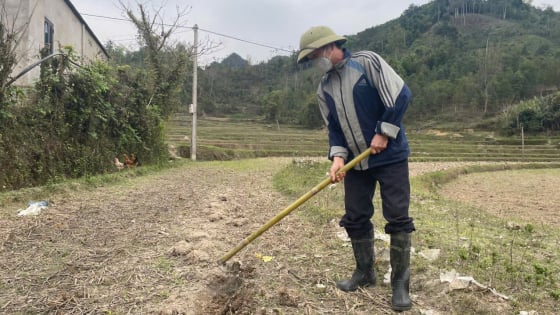
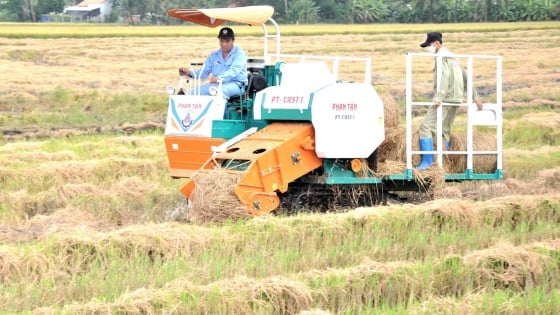


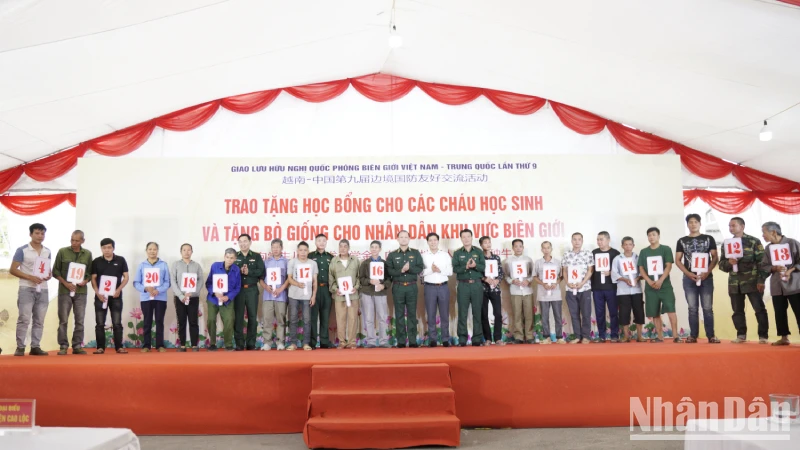
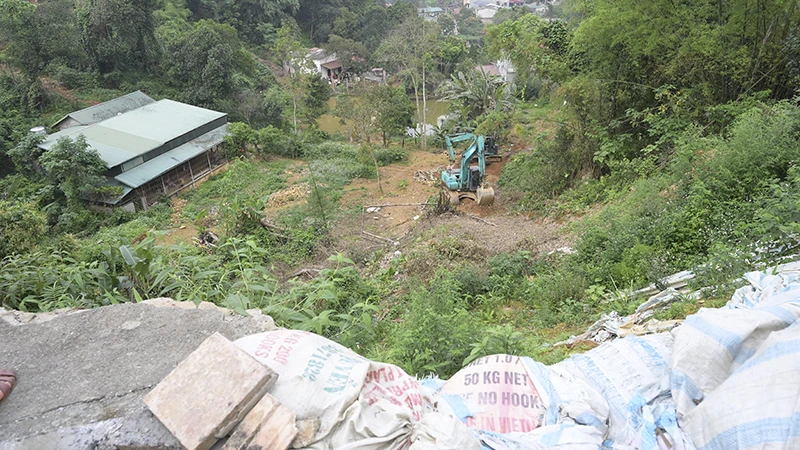



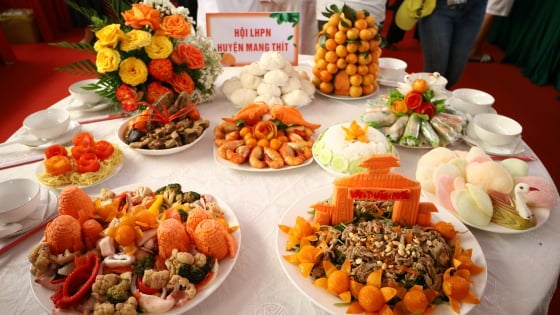
![Building the Vietnamese bird's nest brand: [Part 2] Taking off from 3 key factors](https://vstatic.vietnam.vn/vietnam/resource/IMAGE/2025/4/11/d663f78188744b9abaf7f7bda9d1f112)
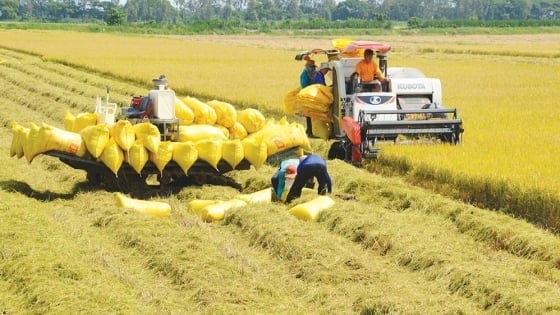
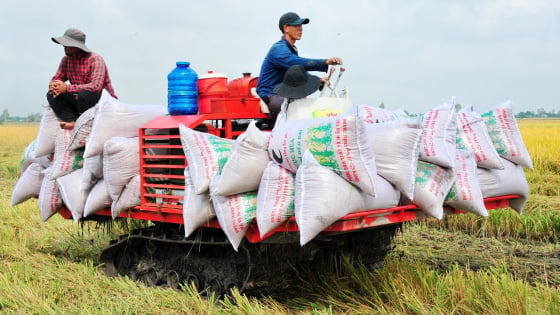
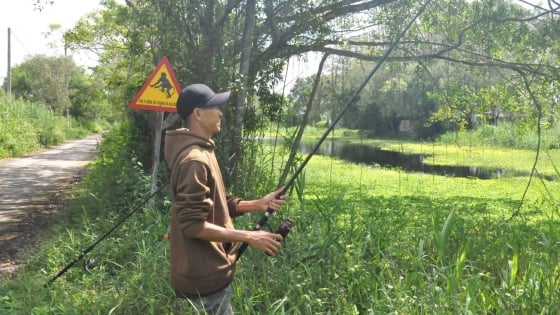

![[Photo] Overcoming all difficulties, speeding up construction progress of Hoa Binh Hydropower Plant Expansion Project](https://vstatic.vietnam.vn/vietnam/resource/IMAGE/2025/4/12/bff04b551e98484c84d74c8faa3526e0)



































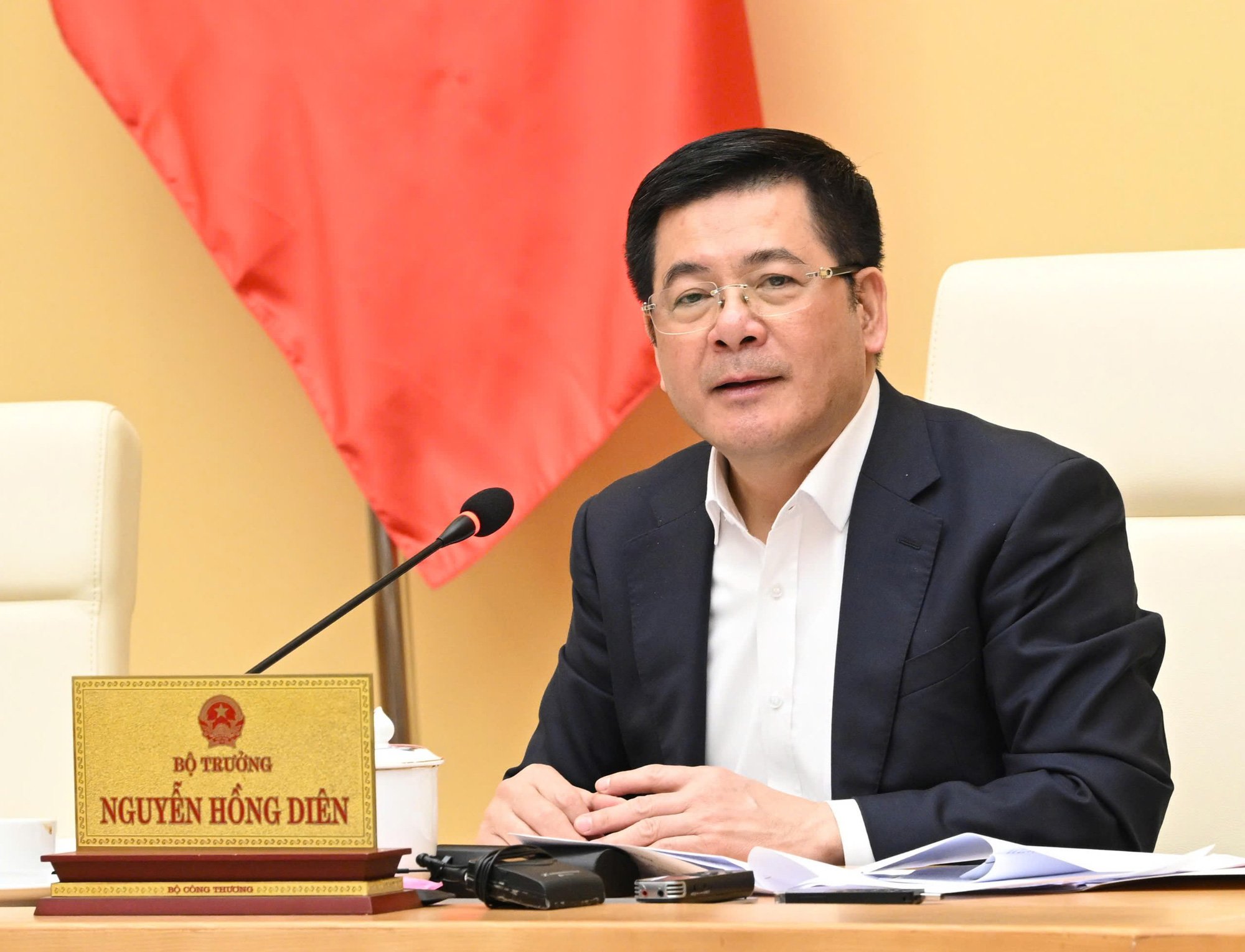
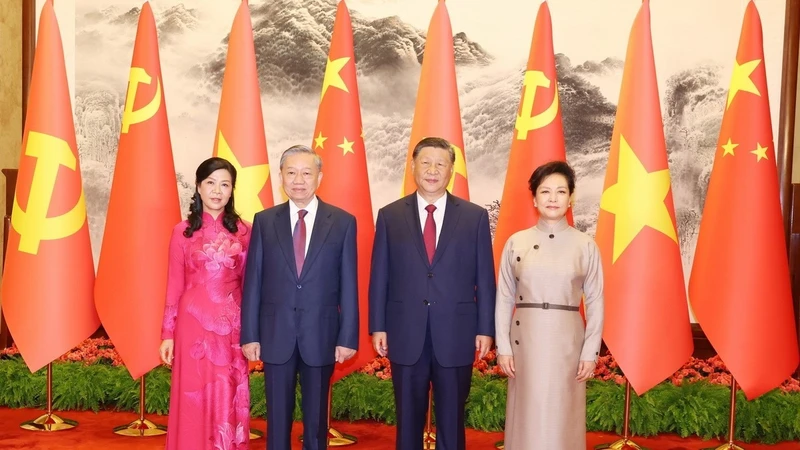








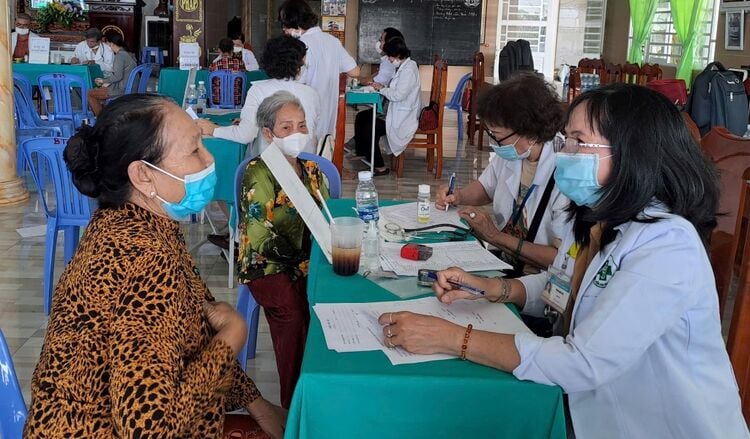

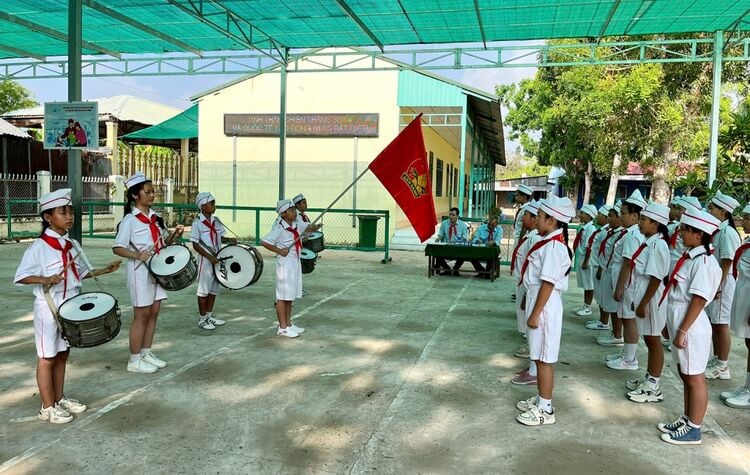
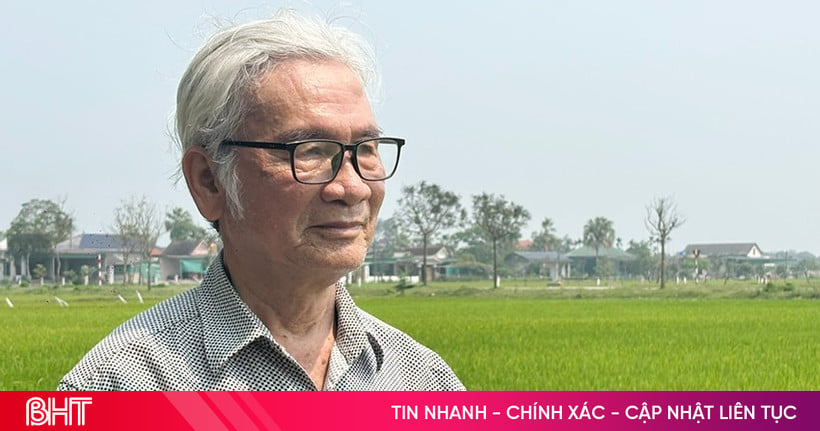

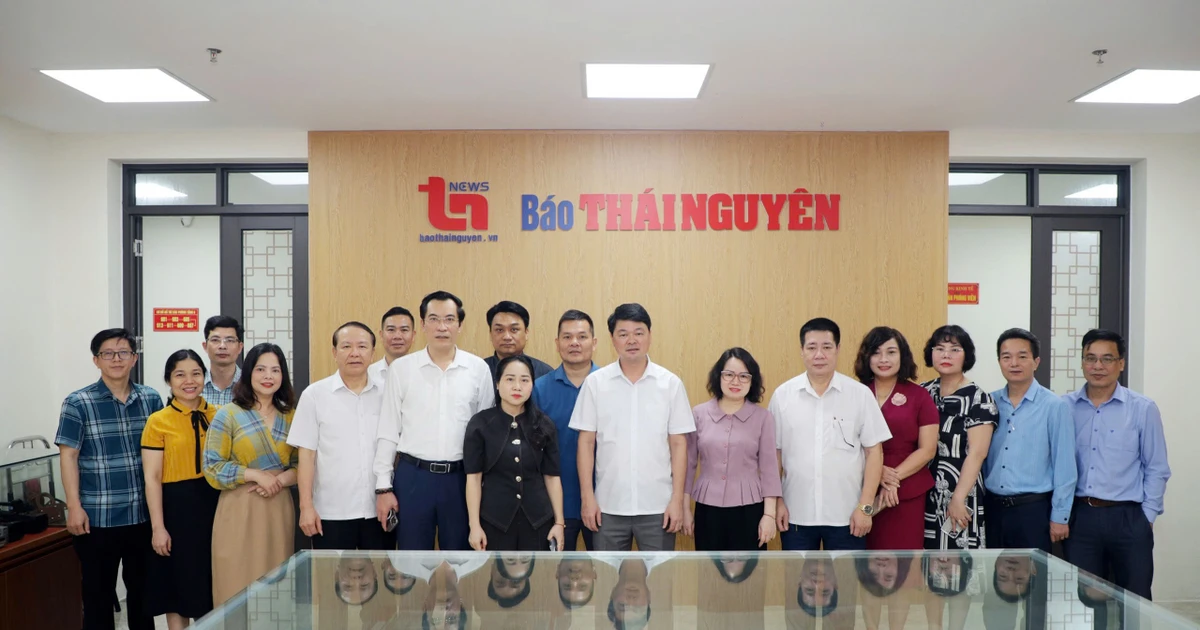

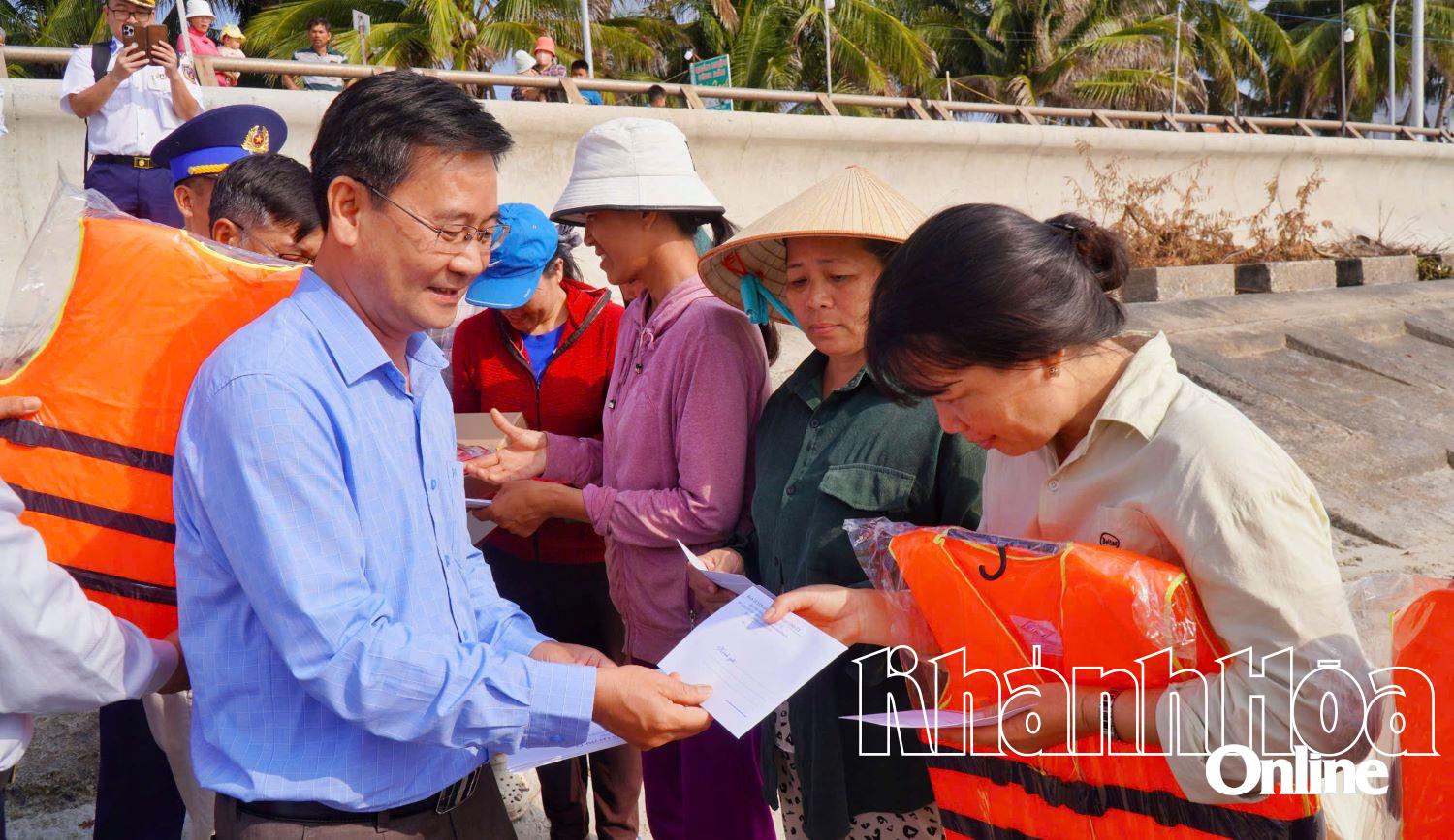

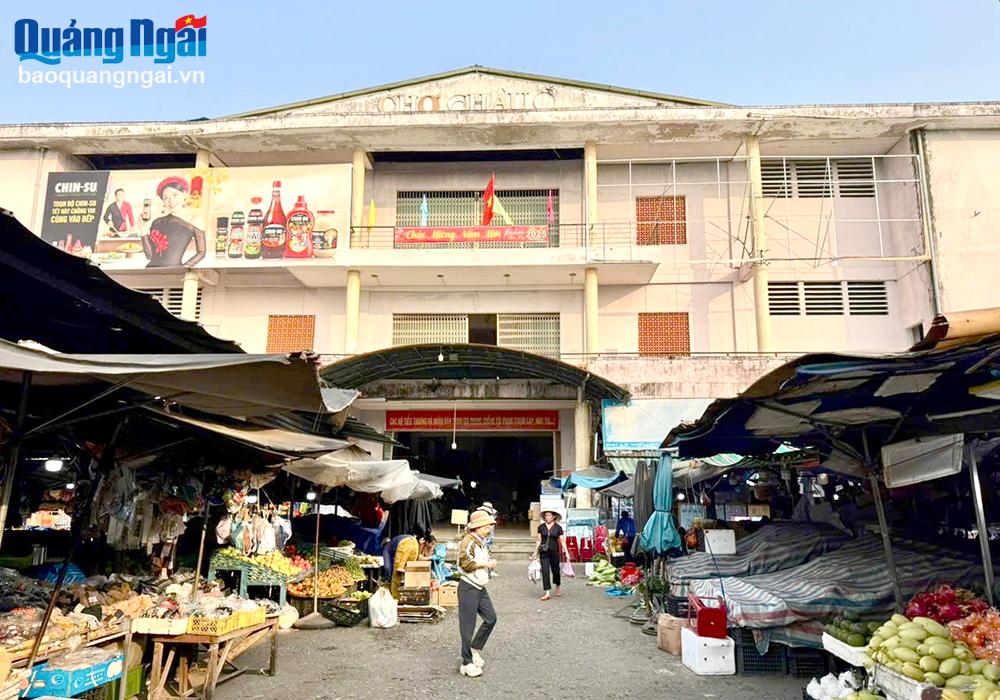











Comment (0)